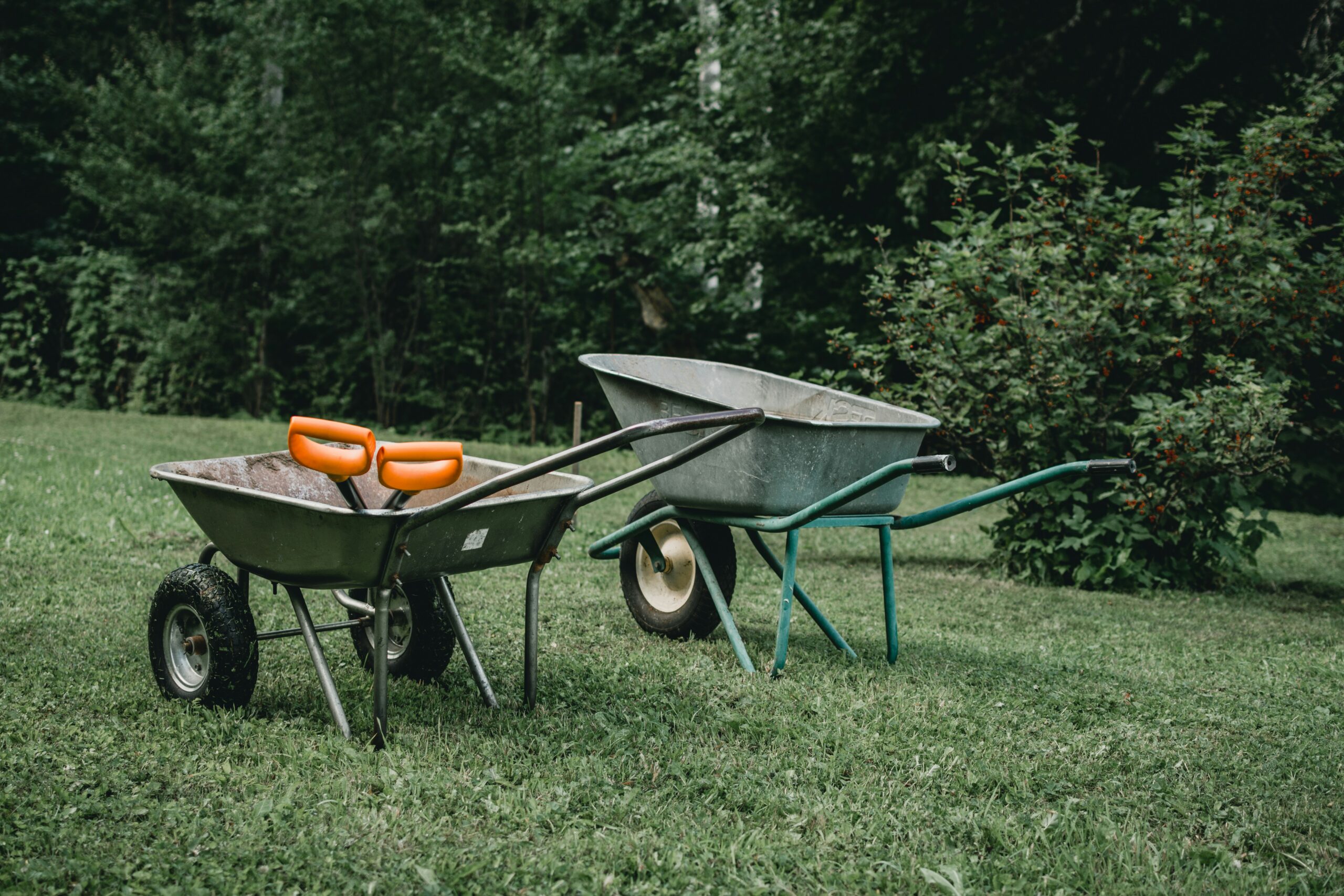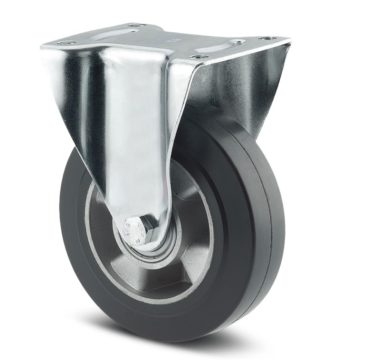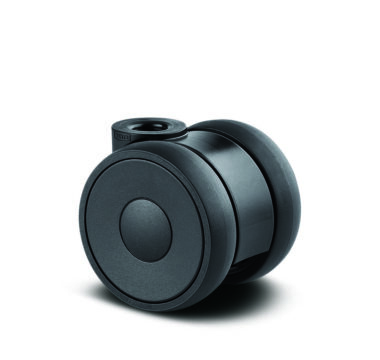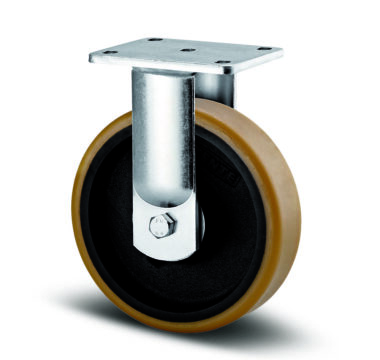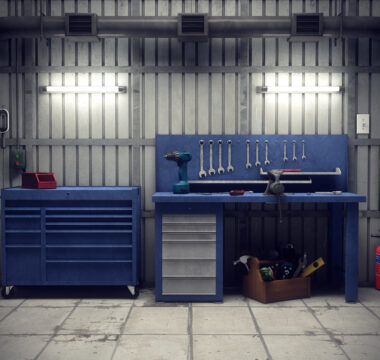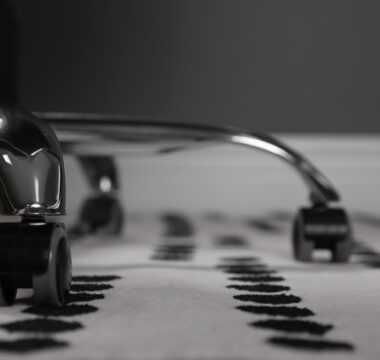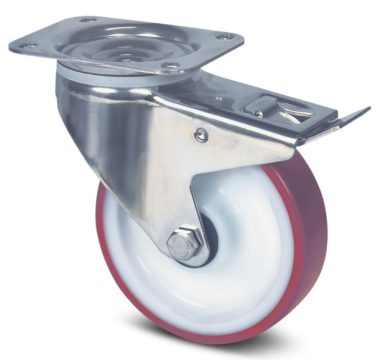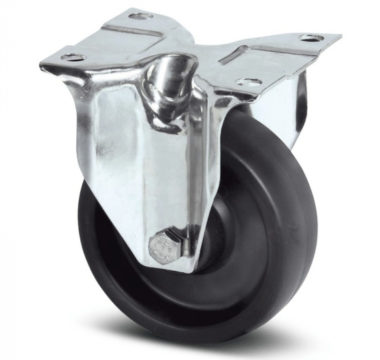Maintaining your work equipment is essential for ensuring its longevity and effectiveness, with the wheelbarrow being no exception. Particularly, wheel upkeep is the key issue for wheelbarrows as it bears the brunt of the load and is often the first component to wear out or break. In this article, we’ll go over the steps of removing and replacing a wheelbarrow wheel, helping you keep your wheelbarrow in tip-top shape.
Tools and Materials Needed
Before you begin the process of replacing your wheelbarrow wheel, it’s important to gather all the necessary tools and materials to ensure a smooth and efficient operation. This will generally include:
- Wrenches: You can use adjustable wrenches or a specific size, depending on your wheelbarrow model.
- Pliers: Pliers are a useful tool when removing and replacing caps or pins on your wheelbarrow wheel.
- Screwdriver: A good screwdriver will help with disassembling parts that are screwed together. Make sure you have the right type of screwdriver, such as a flathead or Phillips.
- Workbench or stands: Elevating the wheelbarrow can make the process easier by giving you better access and leverage, so consider a workbench or stand.
Alongside these tools, you’ll need to acquire a suitable wheelbarrow wheel and sufficient grease. The grease should be used to lubricate the axle and wheel components, allowing for smooth motion.
Removing the Old Wheel
Replacing a wheelbarrow wheel starts with the removal of the old one. Although it can be tricky to remove, especially if it’s an old wheel, with the right approach it shouldn’t take you too long. Here’s a step-by-step guide to help you remove it efficiently:
- Removing Caps or Pins: Start by using pliers to remove any caps or pins that hold the wheel in place.
- Loosening Nuts or Bolts: Use the appropriate wrench to loosen the nuts or bolts securing the wheel. Keep these components as you might need them for the new wheel.
- Sliding the Wheel Off the Axle: Once the fasteners are removed, carefully slide the wheel off the axle. If the wheel is stuck due to rust or dirt, applying a penetrating oil can help loosen it.
- Handling Stuck Wheels: If the wheel remains stuck, gently tap it with a rubber mallet to free it without causing damage.
Preparing the New Wheel
Before installing the new wheel, it’s important to prepare it to ensure that it fits well and operates smoothly. To do this, make sure that you:
- Check Wheel Fit and Compatibility: Make sure that the new wheel is the correct size for your wheelbarrow. The axle diameter and wheel width should match your previous wheel.
- Lubricate Moving Parts: Apply grease to the axle and any bearings on the new wheel to reduce friction and wear, facilitating a smoother operation.
Installing the New Wheel
With the old wheel removed and the new one prepared, you can now proceed to install the new wheel. This should be quite straightforward, as you’ll be working in reverse of when you removed the wheel initially. Follow the steps below for a seamless wheel installation:
- Positioning the New Wheel on the Axle: Slide the new wheel onto the axle, aligning it properly.
- Reattaching Nuts or Bolts: Secure the wheel by reattaching and tightening the nuts or bolts that you previously removed. Ensure they are snug but do not overtighten, as this could strip the threads or damage the wheel.
- Ensuring All Components are Tight and Secure: Double-check all parts are tightly secured to prevent the wheel from wobbling or coming loose.
- Testing the Wheel: Give the wheelbarrow a few test pushes to ensure the wheel moves freely and does not have any obstructions.
Maintenance Tips
To prolong the life of your wheelbarrow wheels and ensure they remain in good working order, follow these maintenance tips:
- Regular Cleaning and Lubrication: Clean off mud, debris, and rust from the wheel and axle. Regularly apply grease to moving parts to keep them operating smoothly.
- Checking for Wear and Tear: Inspect your wheelbarrow wheels periodically for signs of wear or damage, such as cracks or significant wear on the tread.
- Proper Storage Practices: Store your wheelbarrow in a dry, sheltered place to prevent rusting and damage from exposure to harsh weather conditions.
By following these guidelines, you can effectively remove and replace a wheelbarrow wheel, ensuring your garden tool remains functional and reliable for years to come.
If you’re looking for a replacement wheelbarrow wheel, check out our wheelbarrow wheel range here.




